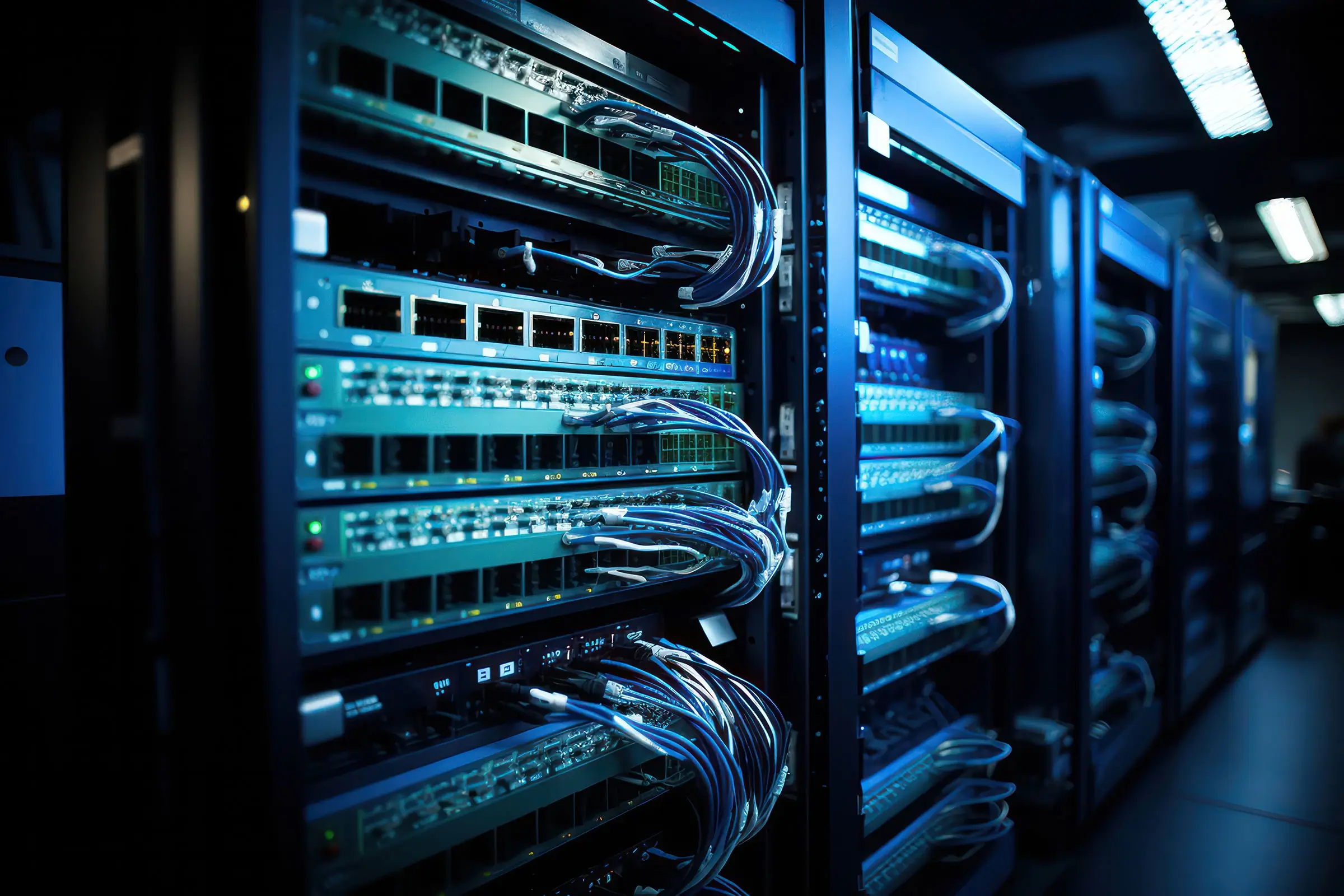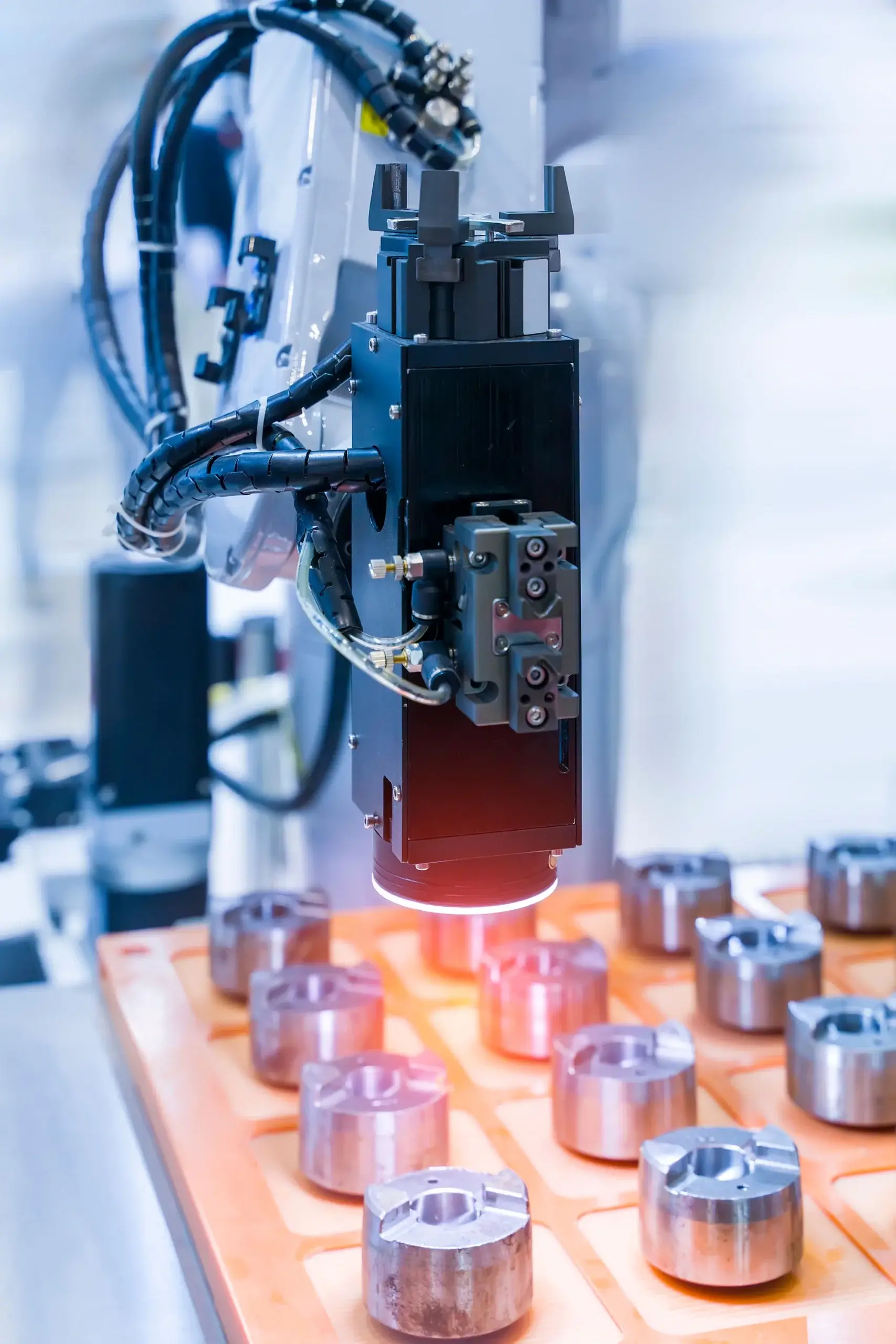
Machine vision is transforming countless industries by empowering machines to perceive, process, and interpret visual data. As technology speedily advances, exciting and emerging protocols are being developed and adopted from other industries to enhance the efficiency, accuracy, and integration of machine vision systems.
Similarly, machine vision systems are becoming increasingly vital across various sectors, including manufacturing, healthcare, security, and automotive. These systems rely heavily upon complex protocols for data acquisition, processing, and communication. Emerging protocols are addressing the challenges of scalability, real-time processing, and interoperability, rendering machine vision more robust, versatile and trusted.
In this seventh in a series of nine emerging protocols, we review PCIe (Peripheral Component Interconnect Express), a high-speed, scalable interface standard used for connecting peripheral devices such as graphics cards, solid-state drives (SSDs), network cards, and other hardware to a computer’s motherboard.
It is a point-to-point connection that allows for high-bandwidth, low-latency communication between the processor (CPU) and connected devices. It is designed to replace the older PCI, PCI-X and AGP bus standards.
The key features of PCIe are:
- High Data Transfer Speeds: PCIe supports different generations, each offering faster data rates. Devices can operate in configurations ofx1, x4, x8, x16, where the number of lanes directly impacts bandwidth.
- Low Latency and High Efficiency: PCIe provides fast, direct communication between the CPU and connected devices, making it ideal for high-performance applications like gaming, data centers, and machine vision. It uses packet-based data transfer, reducing the need for overhead associated with shared buses, such as PCI.
- Backward Compatibility: PCIe is backward compatible, enabling older PCIe cards to be used in newer PCIe slots and vice versa. However, devices will operate at the lowest common speed (e.g., a PCIe 2.0 card in a PCIe 4.0 slot will operate at PCIe 2.0 speeds).
- Power Efficiency: PCIe incorporates various power management features, such as Active State Power Management (ASPM), which helps reduce power consumption when the device is idle or under low load. Power states allow for dynamic power adjustments based on the system’s performance needs, making PCIe ideal for both high-performance and energy-efficient applications.
These features position PCIe as a versatile and powerful protocol for a wide range of applications, from consumer electronics and gaming systems to high-performance machine vision, computing, and data center storage that require rapid processing of large amounts of image data in real time.
Systems with multiple high-resolution cameras or fast frame rates can benefit from the scalability of PCIe, using high-lane-count configurations (e.g., x8 or x16) to handle large data volumes efficiently.

The applications for PCIe are vast and include:
- Machine Vision Systems: PCIe is often used in industrial cameras and machine vision systems that require high-speed data transmission from cameras to processing units. It handles large volumes of image data at high frame rates for real-time analysis.
- Graphics Cards (GPUs): PCIe is the standard interface for connecting high-performance graphics processing units (GPUs) to the motherboard. It allows for the rapid transfer of data between the CPU and GPU, essential for rendering high-resolution graphics in gaming, video editing, and 3D modeling.
- Storage Devices (NVMe SSDs): PCIe is the foundation for NVMe (Non-Volatile Memory Express) SSDs, which offer faster data read/write speeds than traditional SATA-based SSDs. PCIe provides high-bandwidth, low-latency connections required for high-speed data storage and retrieval.
- Networking (High-Speed Network Cards): PCIe is commonly used in network interface cards (NICs), including 10GbE, 40GbE, and even 100GbE Ethernet cards, enabling fast and reliable network communication for high-bandwidth applications.
- Embedded Systems: PCIe is increasingly used in embedded systems due to its scalability, power efficiency, and high-speed data transfer capabilities. It connects various peripherals like sensors, storage, and processors in embedded environments.
PCIe’s versatility, scalability, and high-speed capabilities make it the backbone of modern computing, enabling a wide range of applications across various industries.
The compliance and interoperability of the PCIe protocol are crucial for ensuring the seamless functioning of various components in computing systems. The focus on both these facets is what makes PCIe one of the most reliable and widely used interconnect standards for modern computing systems.
Whilst there are challenges such as signal integrity at higher speeds, backward compatibility and lower power consumption, the benefits of PCIe are clear:
High speed, versatile and eminently scalable
Stay tuned for next week’s eighth emerging protocol in machine vision.



